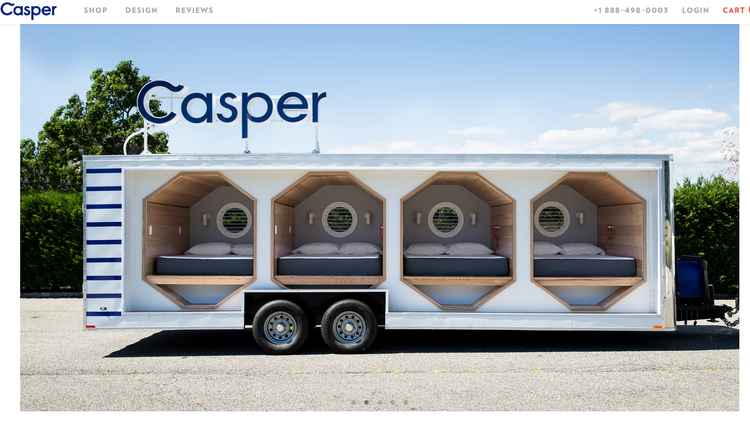Speaking at Online Retailer via video conference this week, consumer shopping behavior expert Professor David Bell (pictured below) ran through his BOSS model on how to win in the digital economy. Here it is in Bell’s own words…
In retail, there are two functions we have to accomplish. An exchange of information: I go into a store, try it on and get information from the sales assistant. Stage two: fulfilment. I need to pay for the jacket and walk out with it.
These days, we have integrated retail and unified commerce. Online and offline have to work together because consumers operate in both environments so we have to as well.
The customer is boss and the BOSS model tells us how to win in the digital economy.
B = Bonding, not brand
Bonding is a close relationship that develops as a result of shared experiences. We need to bond with our customers.
For example, does anyone know who the ceo of Gillette is? No…. however, many of us know the CEO of the dollar shave club. It’s more than a brand, it’s a bond.
How to create bonding, not branding:
- Have a functional, emotional and symbiotic value
- Be authentic and transparent
- Develop compelling content, and an engaged community. Often the community is built before the product is sold. For example, beauty bloggers who then develop and sell products.
Comparing Gillette and Dollar Shave, Gillette controlled a lot of the IP, got the message across that Gillette is the best (via extensive advertising) and controlled distribution.
Dollar Shave doesn’t own any of its own product creation, did not spend billions on traditional advertising and instead created a video that went viral and rather than turn over the consumer relationship to retailers, they sold directly to their customers.
O = Orator, not customers
An orator is a public speaker, especially one of great eloquence. We need these, not customers.
We want what we do to be so compelling that they want to tell other people. In the digital economy, your audience has an audience.
How to develop orators:
- Your brand/bond has to have a good start.
- Identify relevant influencers (big ones and micro-influencers).
- Motivate people to spread the word. This could be intrinsic incentives (eg. buy a pair, give a pair). Or something more extreme like offering stock in exchange for referrals like Jet did in 2014.
S = Showrooms, not stores
Retailers need a setting or place for displaying and creating experiences. This could even be moveable showrooms. In the case of mattress company Casper, it could be ‘Napmobiles’ where you can take a nap for 30 minutes.
It needs to be a place where you can experience the brand. This needs to:
- Be operationally efficient. There are now zero inventory stores where you can try everything on, choose what you want and have it sent home. This massively cuts down inventory management and fulfilment is ecommerce.
- Put technology into the space like iBeacons. How can you know more about your consumers?
S = Science, not service
Science is defined as systemic knowledge of the world gained through observation and experimentation. We need to:
- Allow surfacing of information as opposed to searching. There’s a difference between me searching for shoe stores near me on my phone and getting a notification on my phone when I walk past the shoe store telling me that the shoes I was looking at yesterday are available in the store across the street.
- Understand the DNA of our customers and customise service. A great example is Stitch Fix, an online clothing retailer that asks what styles you like and then sends you a box of clothes to try on. It then learns more and more about your style from what you send back and gets better and better at tailoring looks to you.
- Connect pieces of information that may (on the surface) seem to be orthogonal. Find little nuggets of data that seem to be unrelated to your product but actually give you customer insight.










